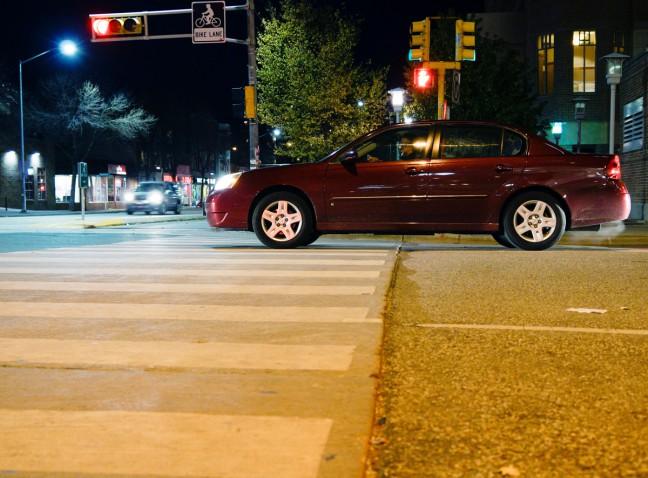The Wisconsin Department of Transportation is urging people to buckle up and practice safer driving after a reported 32 percent increase in traffic fatalities since 2015.
David Pabst, director of the DOT Bureau of Transportation Safety, said there were 47 traffic fatalities in February 2016, up from the 22 reported in February 2015. He said DOT calculates an average rate for the last three to five years, but this year’s rate exceeded even that average rate.
Low fuel prices and a warmer winter have made people more relaxed about engaging in risky driving, Pabst said. In addition, not wearing a seatbelt, using mobile phones, driving after drinking or falling asleep at the wheel also contributed to this increased rate, he said.
“We’re just more distracted when we’re driving,” Pabst said. “We’re not paying attention to what we’re doing.”
Andrea Bill, traffic safety engineer and research program manager for University of Wisconsin Traffic Operations and Safety Laboratory, said this is a trend that “definitely shouldn’t continue through the year.”
She said it is important to increase efforts to educate people about the rising traffic fatality rates and how to make better decisions while driving.
Bill said one of the most important aspects of safe driving is wearing a seat belt. Buckling up drastically reduces the odds of injury or death in an accident, she said. Currently, people have to pay $10 every time they get caught without a seatbelt
“Everybody needs to take their own driving into consideration,” Bill said. “Making sure people are driving as safely as they can will make a difference on those numbers.”
Bill said in the long run, she expects technological innovations like autonomous vehicles to help create a greater sense of control for drivers who are drunk or tired.
Pabst said wearing a seatbelt is the “cheapest and best” option to keep control on driving and reduce traffic fatality rates. More than $11.7 million of federal funds go into the Bureau of Transportation Safety traffic safety programs, he said. These programs help train officers and educate the public about drunk driving, speeding and seatbelt laws.
“We’re doing what we can do, but what we need is the public to start taking it to heart that this is serious,” Pabst said. “And we need to pay attention to what it is we’re doing because we’re killing a lot more people than we should be.”


